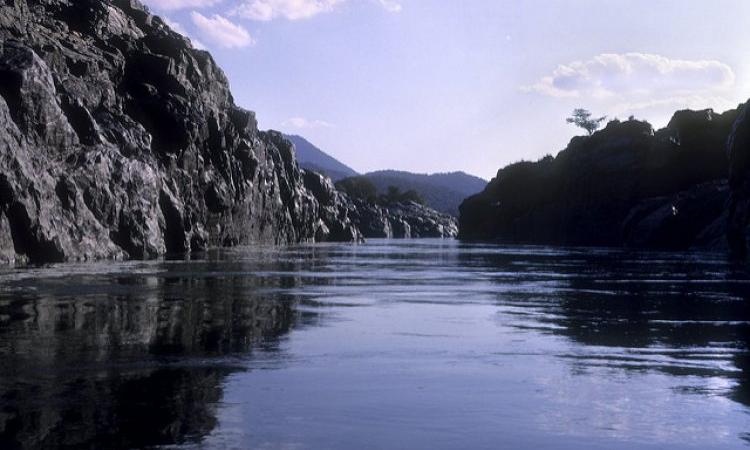
Cauvery found to be the most toxic river in the country
A recent study has found that Cauvery, one of the important rivers in India, is loaded with the highest amount of toxins, despite having the lowest discharge into the sea. The total dissolved solids in the river have been found to be six times higher than that in the Ganga. This has been attributed mainly to pollution induced by human activities around the river. A number of industries have also been found to deposit toxic wastes into its waters. This has also led to severe groundwater contamination in the surrounding areas.
Assam's wetlands dying a slow death
A study finds that of the total 3,513 wetlands that Assam has, 1,367 are facing serious threats to their existence. Wetlands occupy around 7,64,372 hectares of the state’s land, covering around 9.74 percent of its area with a majority of them being natural wetlands. They are known to play an important role in maintaining the natural environment of the state, but have lost their self-purification abilites due to the impact of aggressive developmental activities in the state.
Drinking water in India contaminated with high levels of arsenic
A recent analysis has found that as high as 19 percent of Indians drink water with lethal levels of arsenic. While water from 153 districts in 21 states in the country contains unacceptably high levels of arsenic, Uttar Pradesh has the largest number of people exposed to arsenic contamination in water followed by Assam, Bihar and West Bengal. This could have serious public health consequences and the World Health Organization warns that long term intake of such water could lead to arsenic poisoning and increased incidence of cancer of skin, bladder, kidney or lung and skin diseases.
Irrigation census finds rise in deep tubewells in the country
The Fifth Minor Irrigation Census carried out by the Union Water Resources Ministry has found that the number of deep tubewells in the country have risen from 1.46 million to 2.6 million between 2006-07 and 2013-14. A majority of deep tubewells, which irrigate 12.68 million hectares of land, are located in states like Punjab, Rajasthan, Andhra Pradesh, Telangana, Tamil Nadu, Haryana, Madhya Pradesh, Maharashtra and Karnataka and are owned by farmers. Most of them have been dug to a depth of 70-90 metres.
Northeast India most vulnerable to the effect of heat stress: Study
A study finds that the combined effect of rising heat and humidity will be disastrous for India, especially for the densely populated northeast India. Warming climate will make many dry areas dryer, by changing precipitation patterns. This will be worse for humid areas as chronically humid areas located along coasts will get more humid. This could lead to sickness and death in worse cases, and could have a tremendous impact on agriculture and the economy of the country.
This is a roundup of important news from December 20 - 26, 2017. Also, read the policy matters this week.